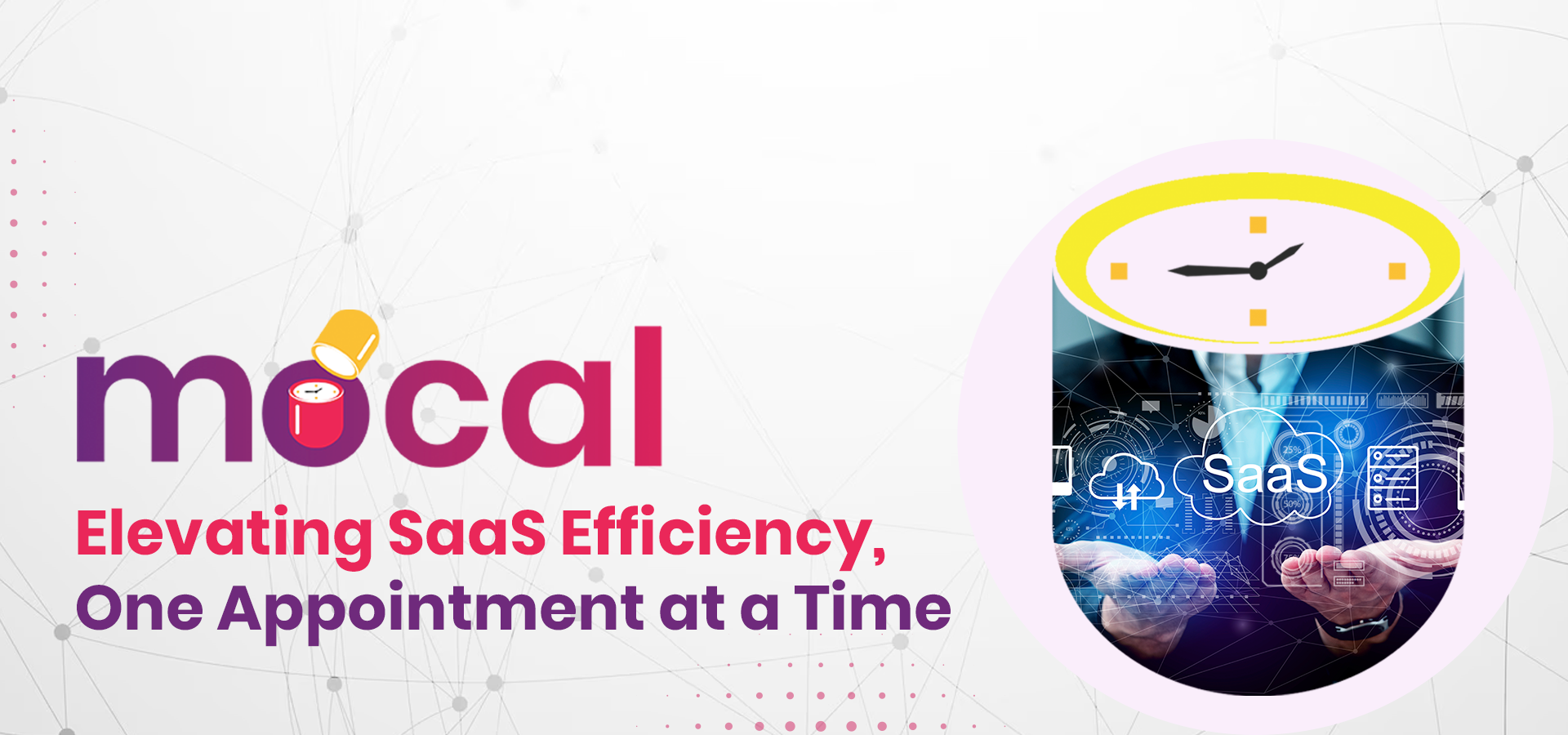Hope you enjoy reading this blog post.
If you want the Moris Media Team to help you get more traffic, just book a call.
Saturday, 5 July 2025
Persuasion plays a critical role in molding public opinion and influencing behavior in the field of public relations (PR). Pathos, which taps into the emotional element of human psychology, is a potent instrument in the PR armory. PR professionals may design captivating campaigns that elicit strong emotional responses in their target audience by knowing and using pathos principles.
Let's look at the psychology of persuasion with Moris Media, a Leading Digital PR firm, and also explore how pathos may be used effectively in public relations efforts to make a lasting impression.
Pathos, one of Aristotle's three pillars of persuasion, is concerned with appealing to human emotions. It taps into people's psychology, allowing public relations specialists to create a strong bond between their company or cause and their target audience. Pathos has the power to elicit a wide range of emotions, such as joy, sadness, fear, rage, or empathy, all of which have a significant impact on decision-making processes.
A public relations campaign for a nonprofit organization dedicated to assisting disadvantaged children, for example, could elicit empathy by displaying heartwarming stories of youngsters overcoming obstacles to thrive in life. The campaign touches the audience's emotions by showcasing the emotional journey and challenges these youngsters to undergo, generating a deep emotional relationship and pushing them to support the cause.
Emotional storytelling is a potent strategy for leveraging pathos in public relations efforts. PR professionals may create a lasting impression by crafting storylines that engage emotions and resonate emotionally with their target audience. Understanding the target audience's values, anxieties, and aspirations is critical for effective emotional storytelling. By aligning the story with these emotional triggers, PR campaigns can establish a personal connection, fostering trust and credibility.
Consider a public relations campaign for a luxury travel company. The ad might depict a couple's journey as they explore foreign countries using emotional storytelling, highlighting the transforming experiences and excitement of discovering new cultures. This story appeals to the audience's needs for adventure, getaway, and personal development, generating wanderlust and emotionally bonding them with the company.
Visual and audio elements are critical in harnessing the emotional power of pathos in public relations campaigns. Visual campaigns that are thoughtfully developed, such as compelling images and films, have the potential to elicit strong emotional responses and leave a lasting impression. Visual aspects successfully portray emotions that words alone may struggle to explain by capturing moments of joy, grief, or inspiration.
Consider launching a public relations campaign for an animal protection organization. The marketing might use a fascinating film to highlight the beautiful link between rescued animals and their caregivers. The graphics induce sympathy and affection by showcasing close-up pictures of wagging tails, happy purrs, and the transformational power of human-animal connections, inspiring viewers to support the organization's cause.
Audio features, such as background music or sound effects, can also heighten emotional responses. PR efforts can elicit nostalgia, enthusiasm, or tranquility by carefully picking melodies, tones, and rhythms, altering the audience's view of a company or cause. A charity campaign for disaster relief operations, for example, may use a combination of poignant music and sounds of devastation to elicit empathy and urgency in the audience.
Social proof, a psychological phenomenon, can be used in public relations methods to elicit emotional responses. PR efforts can demonstrate that a product, service, or cause has gained acceptance and support by displaying favorable responses from others and establishing trust and confidence in the target audience.
A PR campaign for a sustainable fashion brand, for example, could include testimonials from notable fashion bloggers and celebrities who support the firm's dedication to ethical and environmentally friendly methods. These endorsements serve as social evidence, eliciting an emotional response by linking the brand with legitimacy and aligning it with the values of discerning consumers.
Furthermore, including user-generated information, such as customer experiences or reviews, boosts social proof. Sharing the genuine experiences of real people who have had positive contact with a brand or cause engages potential buyers' or supporters' emotions. PR campaigns build a stronger emotional connection by showcasing the heartfelt stories of individuals whose lives have been positively changed, pushing others to engage and take action.
Understanding the psychology of persuasion, particularly the power of pathos is essential for public relations professionals who want to build effective campaigns. PR techniques that use emotive narrative, visual and audio aspects, and social proof can establish a deeper connection with the audience, creating trust, loyalty, and influencing behavior. PR experts can affect public opinion and leave a lasting impression on their target audience's minds and hearts by utilizing the emotional power of pathos.


The Power of Punctuality: How moCal's Smart Reminders Transform Time Management
Read More
Why SaaS Companies Need MoCal: Enhancing Productivity and Customer Experience
Read More
Surgery in Digital Space: How Digital Doctors Revamp Outdated Marketing Techniques
Read More
The Art of Digital Diagnosis: How Digital Doctors Analyze Marketing Challenges
Read More
Effective Use of Structured Data Markup for Local SEO
Read More